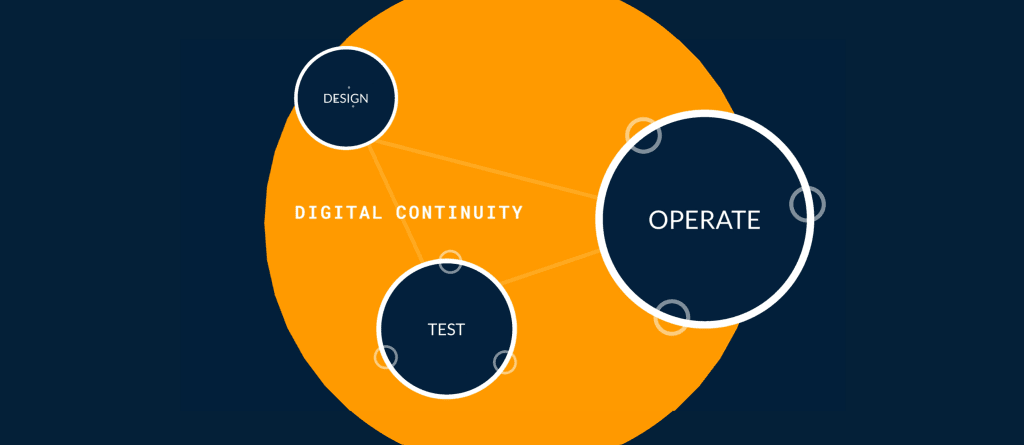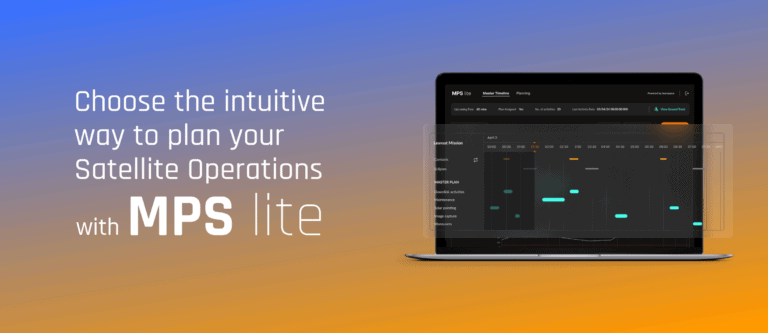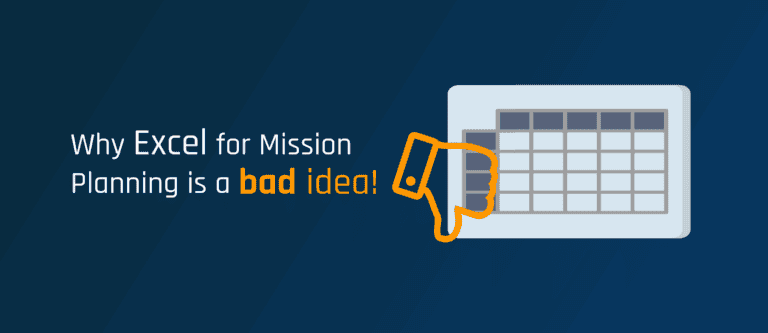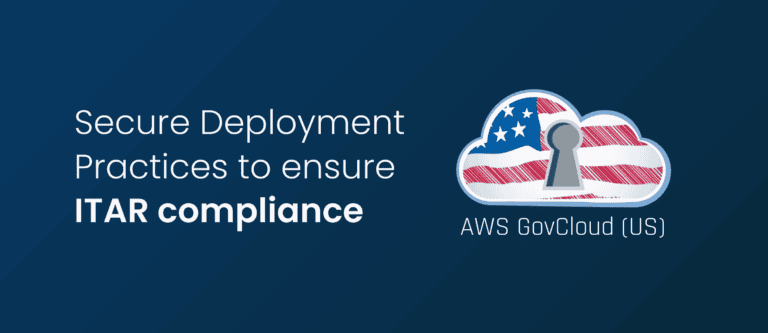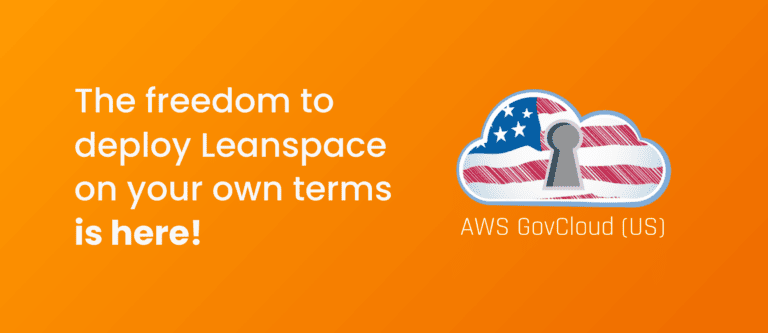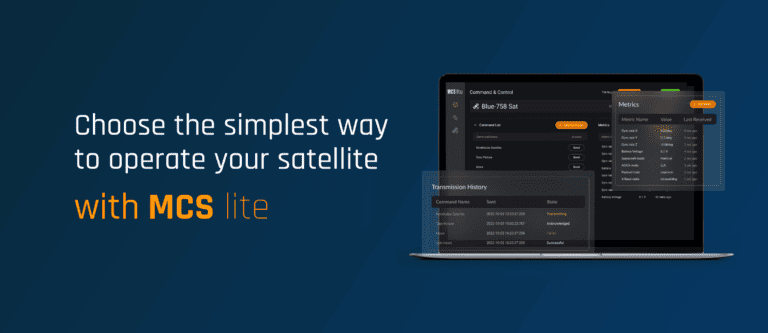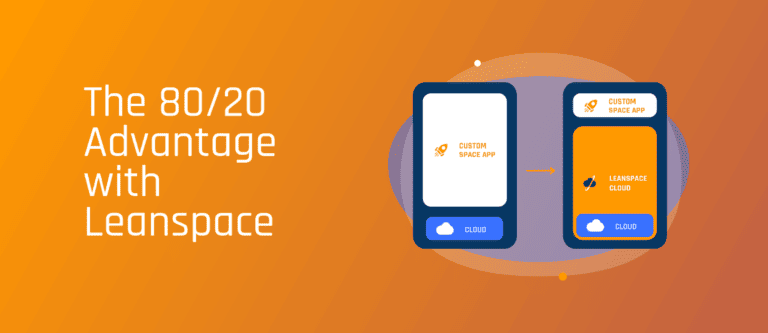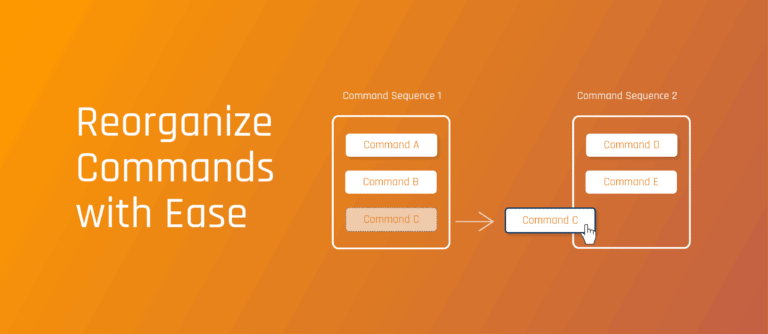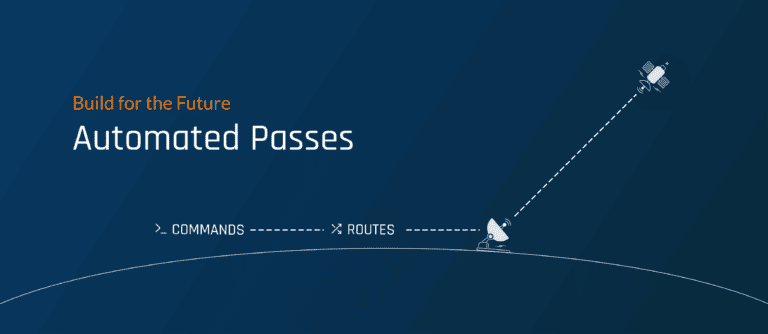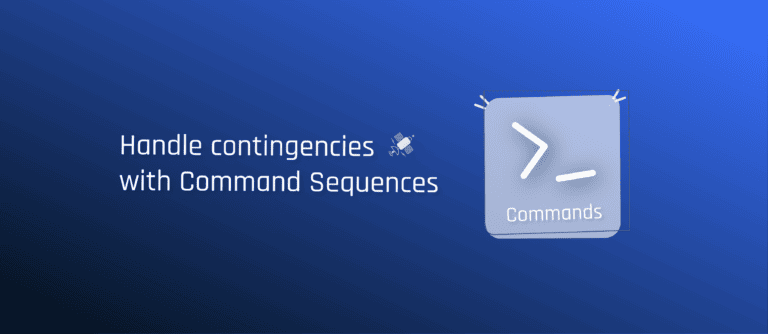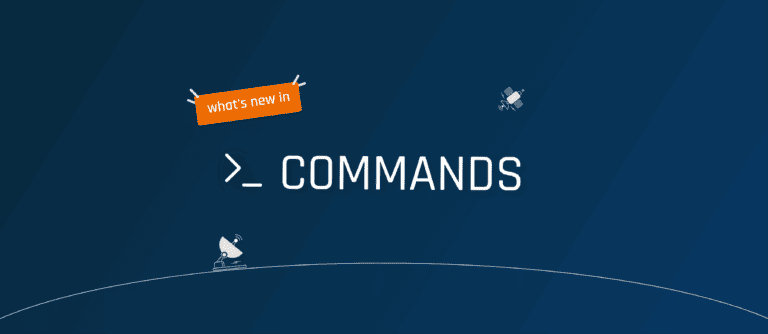Numerous software tools are typically required throughout a space mission; from the mission conceptualization and satellite design, to testing the hardware, to running operations. Still today, this technology stack consists of independent systems that don’t talk to each other, requiring manual movement of data, limiting automation and forcing engineering teams to work with different data sets.
In the current context of commercialization of the space industry, where every organization strives to become more agile, reduce costs and increase efficiency, this is an ever-increasing problem. The solution is digital continuity.
What is Digital Continuity?
“Digital Continuity is the ability to move data across phases, tools and teams in the mission life-cycle“
Stuart Gill, Product Manager at Leanspace
This is achieved by making all the information and at all times:
- Complete: It prevents data losses between different systems, reducing errors and risks, and allows easy integration of new software tools to the technology stack, enabling flexibility and fast scaling.
- Available: It makes sure you find all information when needed, and that teams work with the same data sets. This leads to an increase in efficiency and synchronization between teams.
- Usable: It provides data in an exploitable format so that you can derive better insights, enabling fast decision-making and faster iterations.
- Traceable: It brings confidence in the source of data, allowing to detect and resolve errors faster, and ultimately increasing business speed.
Why does the Space Industry need Digital Continuity more than ever today?
Nowadays, space organizations face difficulties coordinating activities across their mission. For example, test results are still transferred from test benches to the systems engineers via USB keys, teams have to untangle a mess of obsolete data and navigate different file formats to get the information they need, and test procedures are still different from operational procedures.
Digital continuity breaks down information silos by eliminating the interfaces between various tools. It allows faster design iterations by expediting feedback cycles, and enables better collaboration between teams by ensuring everyone is working on the most up-to-date information.
Rapid development, faster time to market, and efficient processes are unlocked through the implementation of digital continuity in any organization. For startups, this means leveraging scalable systems that seamlessly grow as they do and future-proofing their business, and for established organizations it means increasing efficiency, reducing costs and enabling agility.
How could you harness the power of digital continuity in a common space use case?
Leanspace hosted a live demonstration of digital continuity during the Small Satellite Conference 2022. We showcased a native integration between software tools used to design and operate satellites, breaking the existing data silos and enabling collaboration across the space mission life-cycle.
During the live demonstration, a fictional Earth Observation company was followed that had just finished designing its next generation of satellites using Valispace. As their design environment is connected to their operational environment built in Leanspace, they could move all design data across both tools, in a quick, reliable and cost-efficient manner. Once there, they just needed to configure their assets and add any necessary operational parameters.
The live demonstration showed the power of digital continuity applied to a common space use case.
What normally would take weeks of cumbersome manual work to redefine the same assets, properties and data structures all over again, was done in just a few clicks. The native integration assures a fast, reliable and lossless data transfer, protecting against human error.
Digital continuity can synchronize all tools throughout the design-test-operate life-cycle, enabling an exponential increase in space mission efficiency. Leanspace has been conceived with digital continuity at its core, allowing to connect all ground software systems – from satellite design, test bench operations, satellite control, mission planning or ground station networks.

